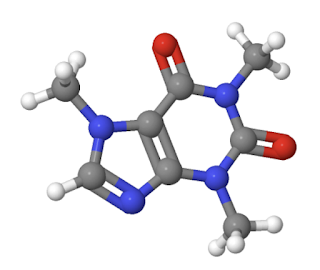During my senior year at Wabash College I wrote a column for our student newspaper, The Bachelor. In one of the columns, I put forth my thoughts about the damage we were doing to the environment. I can sum my thoughts up then as 'in the short run, we're clearly destroying our environment...in the long enough run, the planet won't even remember we were here.'
Amazingly, my thoughts on that haven't much changed in the two and a half decades since I wrote that column, though my thoughts as to how we're poisoning our environment have been informed by a bit more learning about science since then. I'm pretty sure it's the polymers that will be our undoing. We're making remarkably stable molecules that are inherently hostile to all living things at the moment - at least until something evolves to consume them, which will hopefully happen eventually - and we're doing so in remarkable volume.
If there's one thing we need to do to save the life on our planet, it's to stop mucking about with polymers. Stop making them. Stop burning them. Stop refining them.














